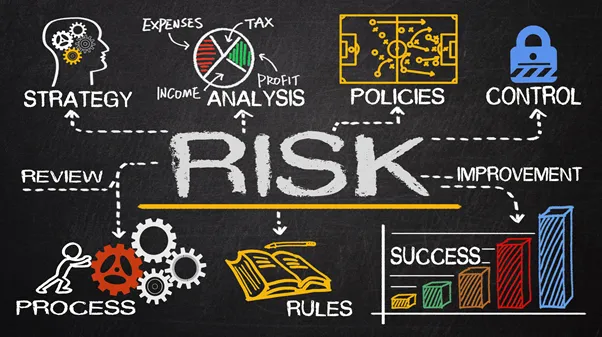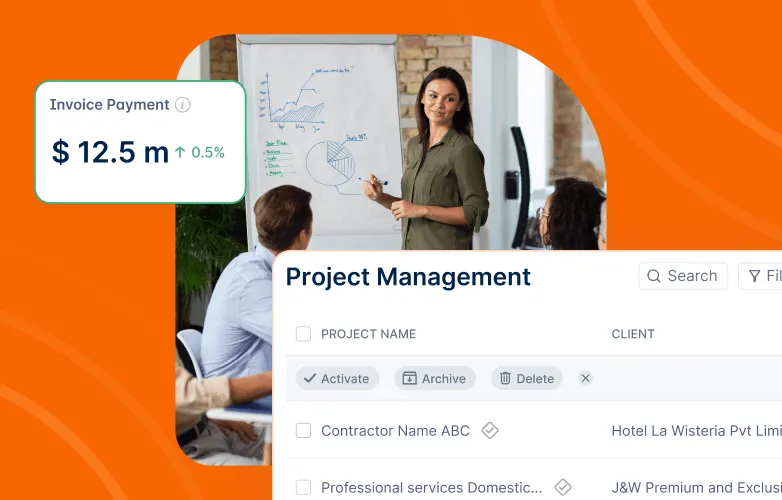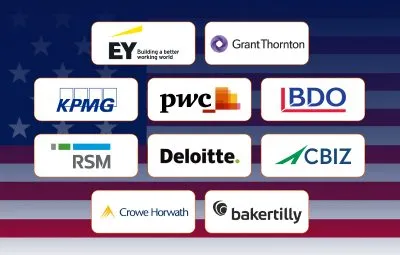Project management is a concept that has been around for millennia. Some ancient texts from the iron age mention the difficulty of managing a project. In modern times, project management as a science saw its birth in 1940 when Henry Gantt created the chart that would forever be known as the “Gantt Chart.”
Project management is the process of planning, organizing, and managing resources to bring about the successful completion of specific goals and objectives. It is a critical process in any organization, regardless of size or industry.
There are several levels to successful project management plans in the real world, and it may be stressful for executives. In recent years, project management has evolved more formally, with standards established to regulate and comply with the process. The percentage of failed projects around the world, though, is disheartening.
Many projects have failed because they were treated too quickly, and the necessary processes were not followed. Many businesses focus on theoretical principles of project management and cookie-cutter approaches in an effort to discover that deadlines are missed, projects exceed budgets, misplaced priorities, and other problems that can plague the project.
In reality, it is critical to adhere to the golden rules, which stem from real and practical project management processes developed through years of hard-won expertise.
The growing number of failed projects has driven stakeholders to demand greater transparency and accountability from successful project management. This has compelled businesses and project managers to concentrate on tried-and-true procedures.
Managers must be able to schedule, organize, and control projects. They are in charge of the project’s successful completion. Its organization, planning, direction, and ensuring that these projects are completed on time, within budget, and within scope.
Of course, there is no secret formula for success when it comes to project management. However, the following tips will make you a better manager at handling project management successfully-
Six Tips You Need to Follow for Successful Project Management
Below are the six tips to follow for successful project management-
1. Get scope clarity
It’s critical to get your scope correct from the start. Many project management plans have been damaged by creep and shift. Outlining your project scope does not promise that the scope of your work will not change; instead, it helps you keep track of future scope changes.
Scoping, according to experts, is the most challenging aspect of the project. It’s a negotiation with a variety of parties. Each stakeholder has wants and needs. The project manager must balance these desires and requirements to establish design characteristics that best meet their combined demands.
Also, your final proposal should represent the business’s priorities and reconcile them with available budgets.
When you are doing a project, remember that three things affect the work and the deliverables. These are time, quality, and resources. When one of these changes, then the project scope changes too.
The Project Initiation Document (PID) should make clear which project deliverables are “In scope” and “Not in scope.”
———————————————————————————————————————————————————
Also Read: Sprint Planning: 8 Best Strategies for Successful Project Management
———————————————————————————————————————————————————
2. Plan your Project
Once the project scope document has been ratified, you or the project manager must carry out a basic project planning level. Project management is the process of tracking and reporting on project progress, which may be done using methods like Gantt charts.
It’s possible to perform it manually or with project management software like Invoicera.
This is when your project management process begins, and it’s when you set the cost, duration, and need for resources. Many project managers have discovered that any subsequent change in the project plan may result in high costs to the project.
Invoicera is a tool that can help you to manage projects better. It’s ideal for project planning because it takes minimal input from you or your project managers and produces reference papers that may be downloaded with just a few clicks.
3. Set clear objectives
Make it clear from the beginning to yourself, the stakeholders, the team, and every individual who would participate in the project why you’re doing it. It’s a bit of a problem if you start a project but then have to answer questions about clarity halfway through.
What are the objectives of these projects? Are the sponsors familiar with the company’s operations? Is it clear to the project’s participants how important this initiative is to the firm? You should know how much buy-in you have with the senior management before launching a new product so that you can plan ahead of time. You and your team must also be clear on the business value that you will provide.
Before you begin a project, it’s critical to get everyone on board. This will influence how successful your project management is. You may hold a meeting and invite stakeholders to participate so that everyone understands the mission and goals of the initiative.
Stakeholders may use a workshop that is set up to work both ways to demonstrate their capacity to give the required level of support and by members to come up with suggestions for how best to manage a project.
After the meeting, document the decision and its outcome or create your work breakdown structure.
4. Proper Communication
You must inform your staff as soon as possible once the project has begun. No one likes being caught off guard—particularly if it isn’t pleasant—so you should let your team know ahead of time about any modifications at every phase while managing your project.
Project leaders need to keep investors, partners, auditors, and consumers informed at all times about the progress of the project.
Keeping everyone informed with regular and explicit communication allows them to stay up to date on the cost, project’s deliverable, ROI, schedule, etc. Stakeholders will be better prepared to have a closer look at the project and accept changing facts as they become available rather than after it is too late to manage.
Additionally, in all aspects of project management, communication is critical. You must maintain an open dialogue with all team members at all times. Encourage your employees to express their concerns and ideas openly. This will aid you in avoiding errors while also saving you time and money.
———————————————————————————————————————————————————
Also Read: Tips and Tricks For Better Project Management
———————————————————————————————————————————————————
5. Look to achieve Milestones
Milestones should be your best friend in project management. In fact, it is advised that your milestones be set for three months.
It’s really easy to use milestones to plan. You’ll establish distinct markers of time when you use them. A curious fact about a landmark is whether it may be reached or not. Assuming you’ve done so, go on to the next stage. If you haven’t, you’ve already made significant progress, so keep going!
You’re done. Just cross it off your list now.
The milestones in a project are simply signposts that mark significant steps when crossing from one stage to another. In fact, they’re the only way to know when you’ve reached a new stage in your project management process at all! You can’t tell otherwise because there will remain no indication of progress until the very end of the project.
A project timeline, budget, and resources are developed to ensure that progress is continued toward completion. Once the team knows there is a milestone to reach, they will work with greater diligence to save you time and money.
After each objective is completed, a staff meeting should be scheduled to provide updates and follow-ups.
6. Risk Management
The sad truth about projects is that they go through changes and disruptions. Any project manager understands that risk is a mix of probability and consequence. A risk is an issue that has the potential to occur during the course of your project or not at all. As a result, you must manage and reduce risk.
You can’t anticipate every potential hazard, but understanding them in advance may be all that stands between you and project failure.
You can conduct a meeting to start the proper risk management technique by asking for input from all team members about the dangers you should consider. Risk management procedure should evaluate the following aspects-
- Communication failure
- Project scope
- Technological failure
- Resources
- Project delays
You might also designate a specialized risk officer who will be in charge of detecting project concerns as they arise. You should choose someone with an analytical disposition. For effective risk management, you must have an individual who is a sceptic. For effective risk management-
- Let your results go. While assessing hazards should come first, dwelling on them would save you time and money while holding you back from completing the task. As a result, understand the risks so that you are aware of them; do not be crippled by them.
- Employees should not be hesitant to voice concerns and difficulties on their teams.
- There should be a project risk database that keeps track of all issues and their solutions.
Final Thoughts
To be successful with project management, you must properly organize all the tasks and resources that make up your project. It would be difficult to handle everything in the shared documents, spreadsheet, notebooks, pens, or sticky notes.
Invoicera allows you to create a comprehensive project management plan and manage your project effectively, thanks to its robust time tracking, task management, budgets, online invoicing, and customer support capabilities.
The automated program permits you to complete administrative activities more quickly and effectively, allowing you to focus on the actual work.
Invoicera gives you a unified, integrated approach to project management that will help you collaborate efficiently and effectively. You’ll be able to keep track of important performance indicators, store all project data in one spot, and produce reports as your project progresses.
This project management tool aids you in overcoming all of your project management problems, especially scheduling and charts. It also provides the following benefits-
- It uses the Agile method to handle your projects.
- The interface is very user-friendly, and it’s simple to operate.
- It automates much of your daily workload using cutting-edge technology.


















